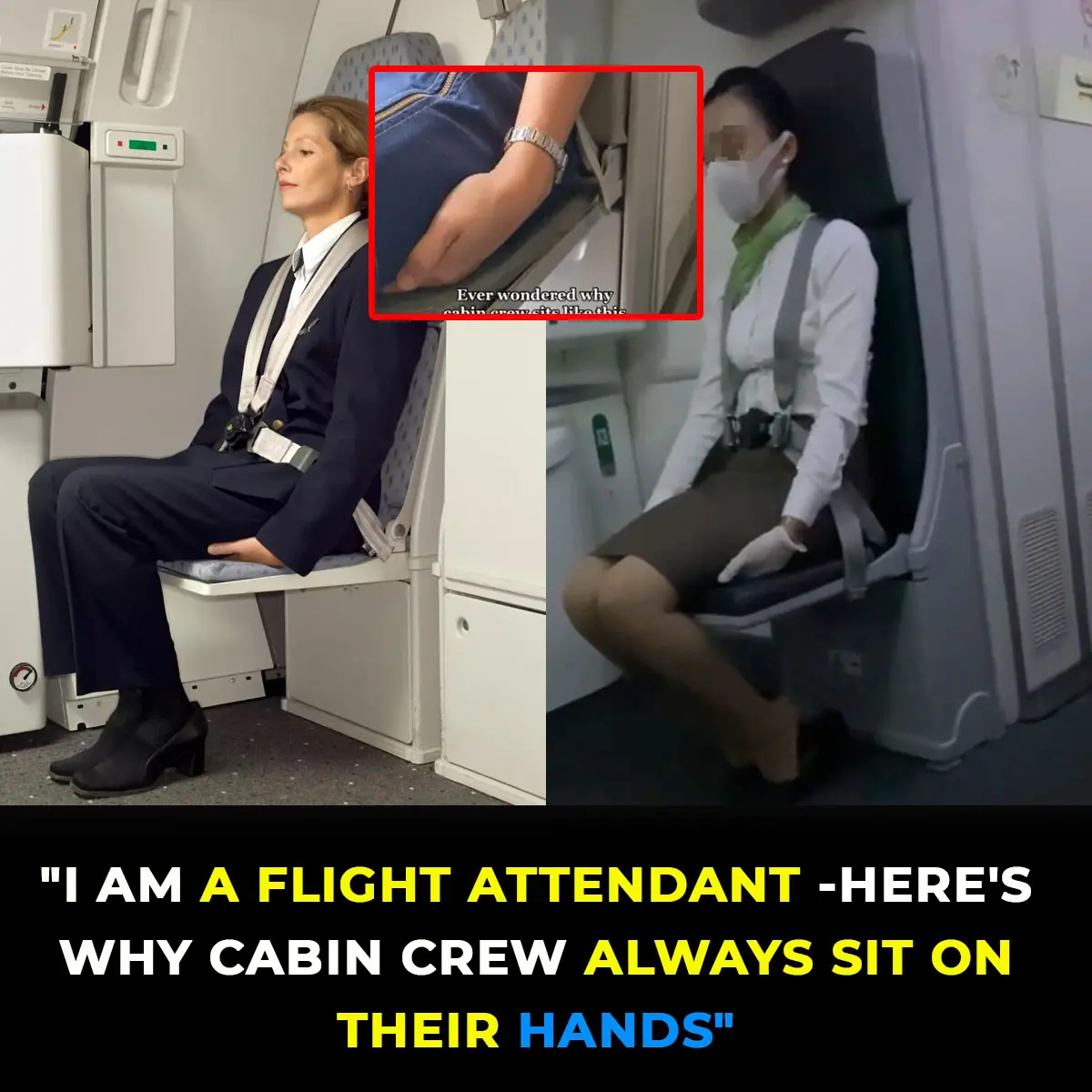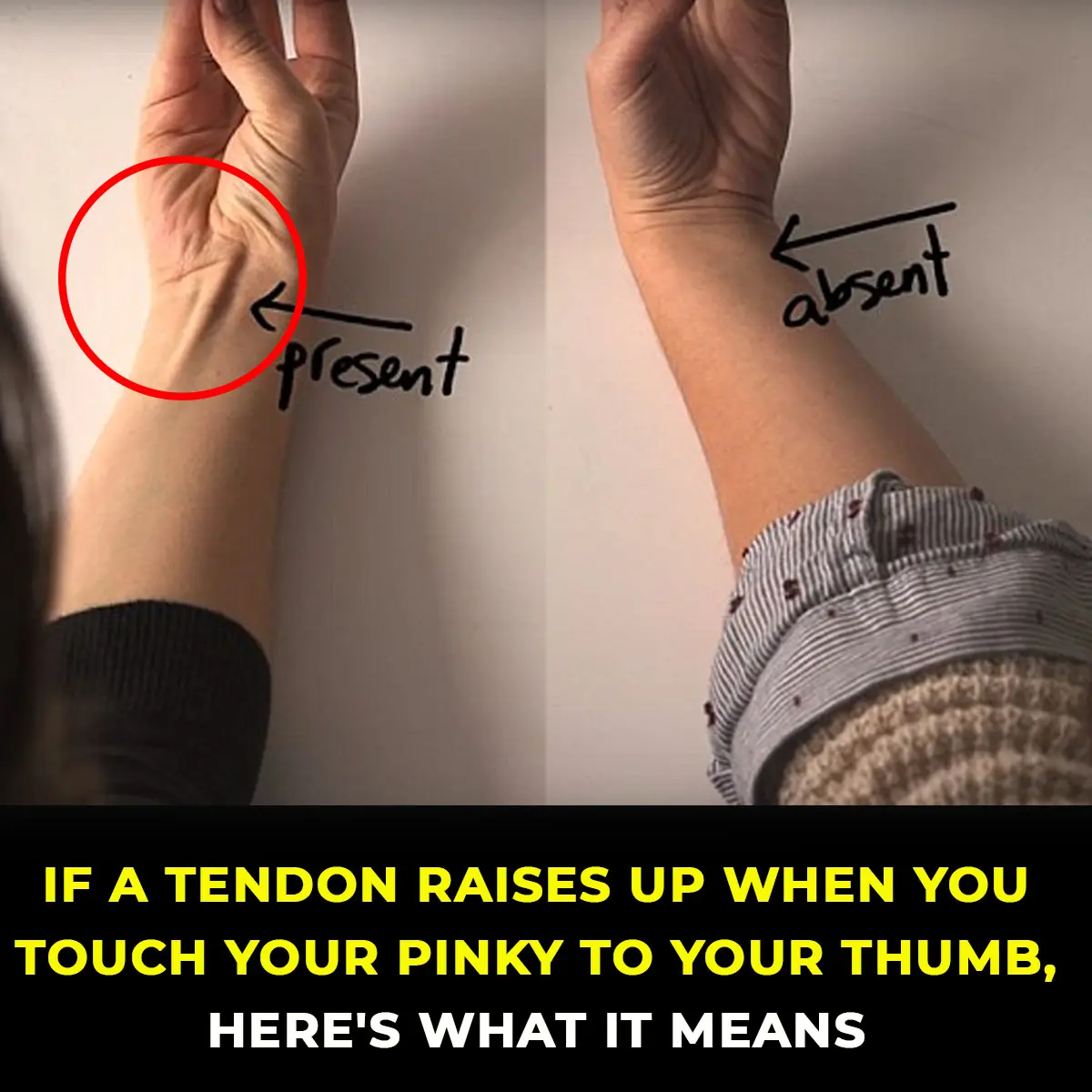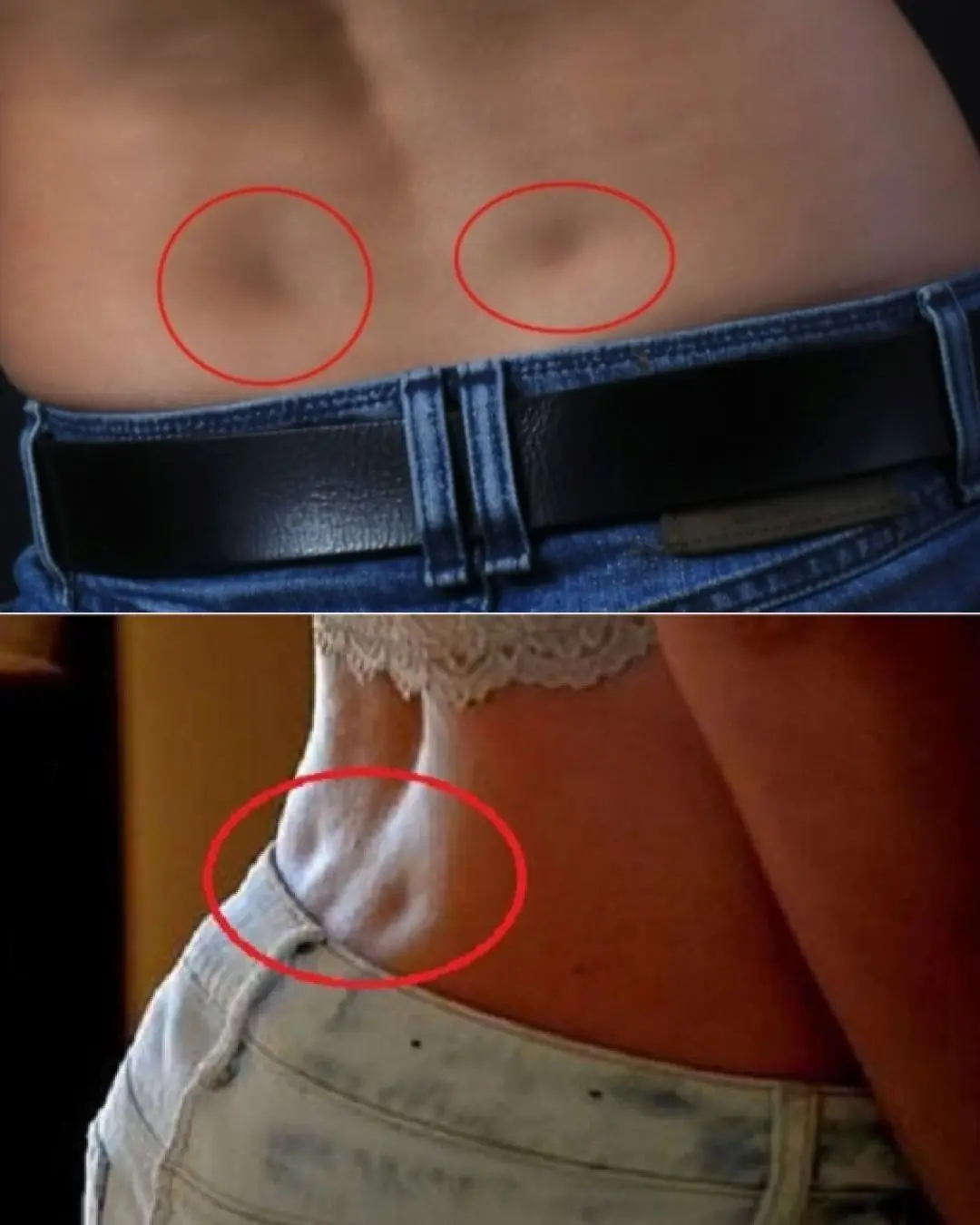
If you've ever flown, you may have noticed that flight attendants often sit with their hands pressed firmly onto their laps during takeoff and landing. What’s the reason behind this behavior?
Like any other passengers, flight attendants must return to their seats and fasten their seatbelts when the plane is preparing for takeoff or landing. However, there is a noticeable difference in how they sit compared to passengers.
If you're observant, you may notice that flight attendants sit upright, with their backs straight, their feet flat on the floor, and their hands placed on their laps with their palms facing up, and their thumbs tucked in, all while they maintain a relaxed posture.
This isn't simply a habit or a way to stay calm during the flight’s critical moments. There's a practical reason behind it.
According to Henny Lim, a flight attendant for Cebu Pacific (Philippines), sitting with their hands on their laps is a position designed to help brace for impact in case of a sudden jolt or emergency.
This posture is part of a safety procedure that includes fastening the seatbelt, sitting upright, keeping the feet flat on the floor, and placing the hands on the lap, palms up, with relaxed arms.
"The purpose of this position is to keep the body as firm and steady as possible, so that in case of a sudden force from an emergency situation, the body will suffer less injury," Henny explained. "It limits the movement of the body, which minimizes the chance of injury in case of a collision."
During takeoff and landing, flight attendants also engage in a "silent review" process to prepare for any potential emergency situation. This includes reviewing emergency exit locations, observing visual signals outside the plane, and being ready to follow any instructions given by the captain.
Airbus recommends that flight attendants perform this "silent review" on every flight during takeoff and landing.
"The silent review (or 30-second review) is recommended for flight attendants to mentally recall the details of an emergency evacuation process," an Airbus guide states. "This process is done while the attendants are seated during takeoff and landing."
“The silent review helps flight attendants stay focused and ready in case an emergency evacuation is needed. This technique also helps prevent panic during unexpected situations,” Airbus added.
Anusha Pratima, a flight attendant for Qatar Airways, shared similar insights on this hand-on-lap position.
"When we're seated during taxiing, takeoff, and landing, the crew always has to be prepared for any potential dangerous situation. That’s why it’s important to adopt a protective posture. This position reduces movement in the limbs and spine, allowing the body to suffer less damage in case of a collision," Pratima explained.
However, Anusha mentioned that some guidelines have changed over time, and many flight attendants are now advised to place their hands on their thighs rather than on their palms.
Passengers are typically only required to fasten their seatbelts during takeoff and landing. However, experts suggest that sitting with the upper body slightly tilted forward, with the head resting against the back of the seat in front of them, can enhance safety and reduce the impact in case of an emergency.








































